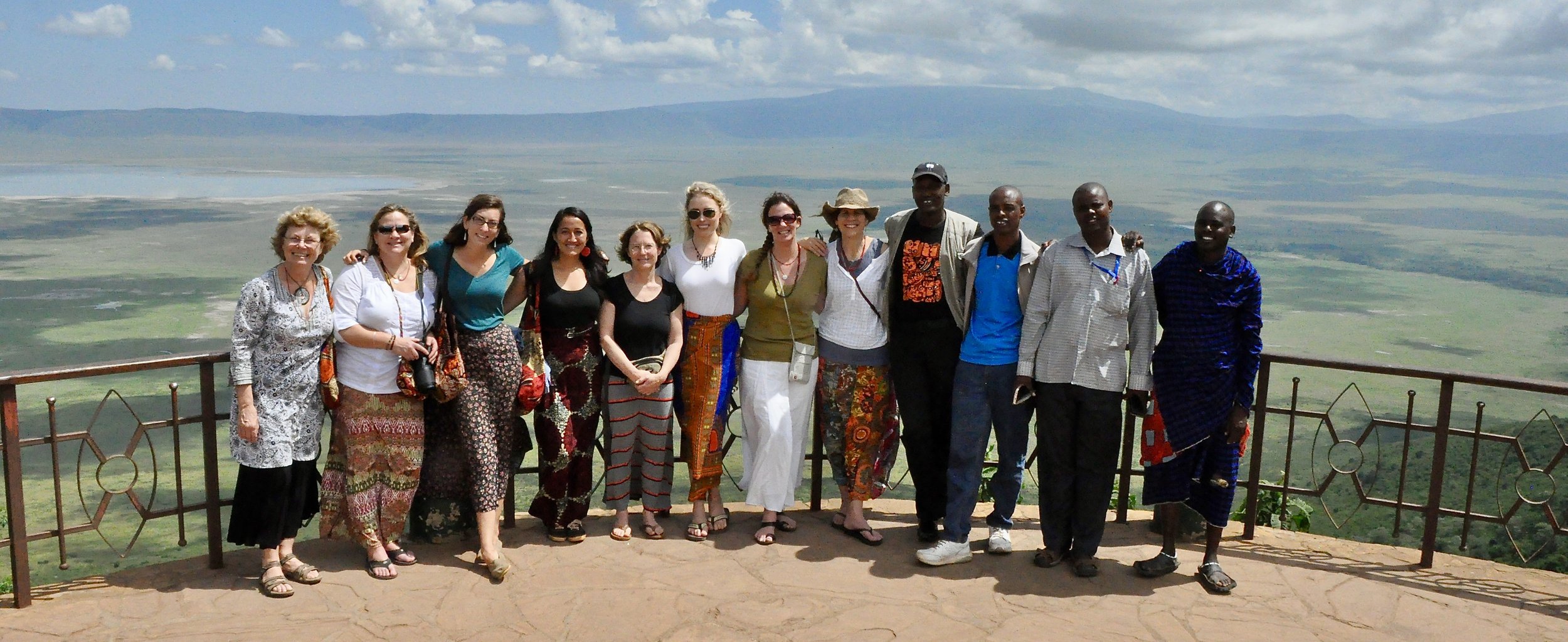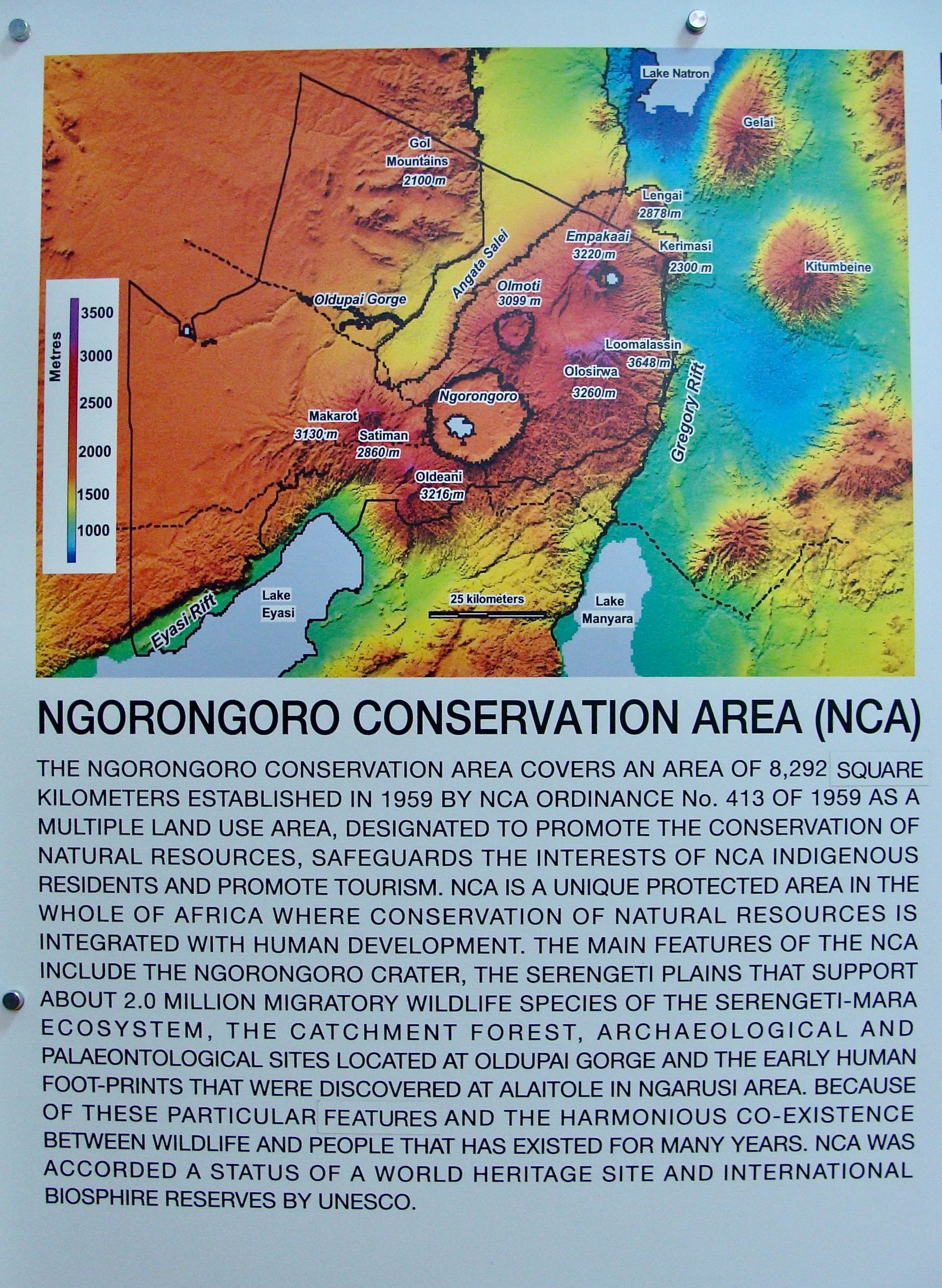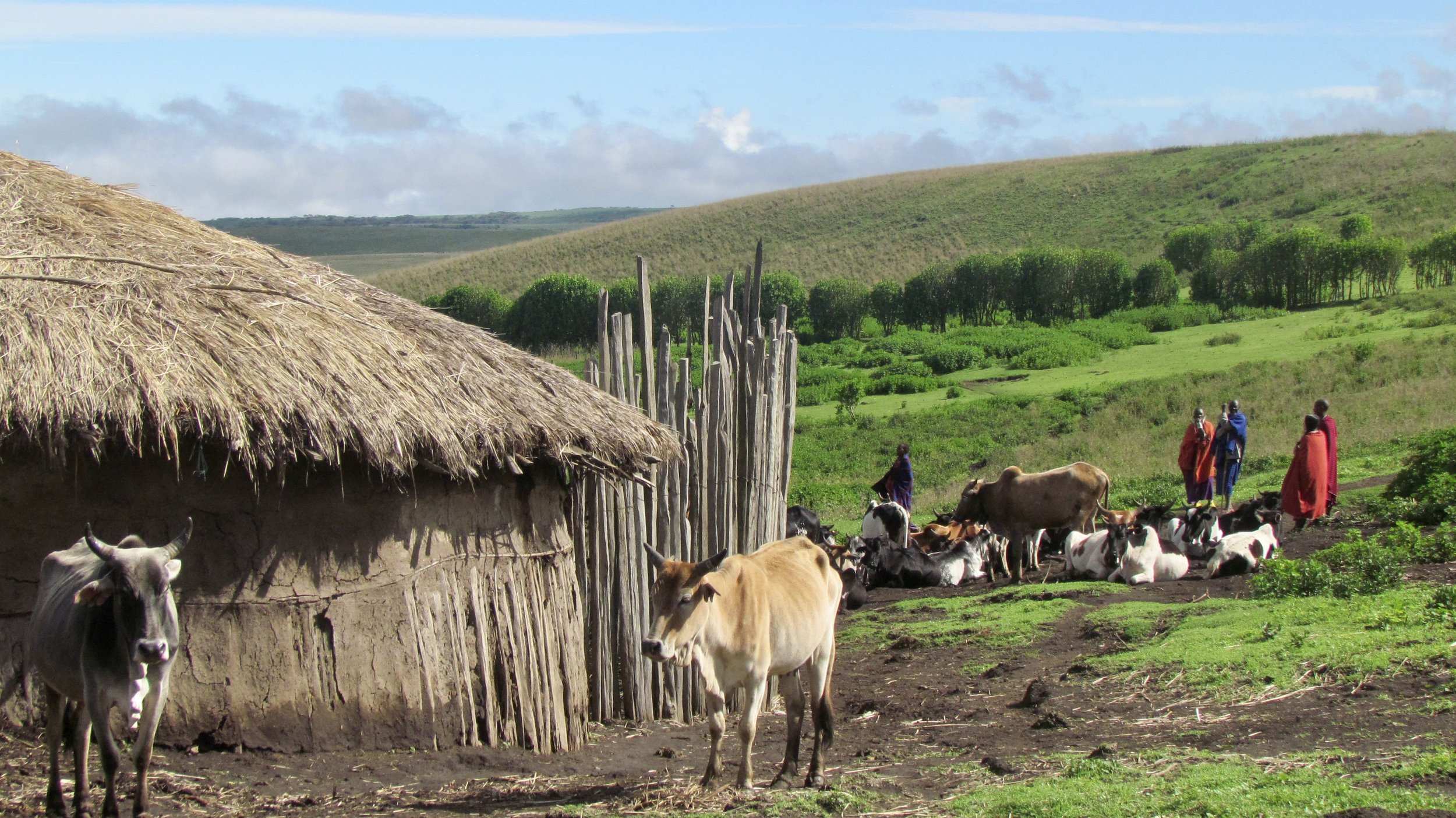
OUR WORK
We love our partners! Pictured here are a few: Sisters for Peace, Maasai Stoves and Solar, Maasai Shine and of course, Maasai Partners
At the heart of our work is the idea of partnerships.
Maasai Partners continues to collaborate with and connect other organizations to each other, building a network of community partners. Given the unique circumstances of the population Maasai Partners serves, this model puts stakeholders at the forefront of our operations and creates relationships for long-term community development.
For Maasai Partners, serving the Maasai community in the Ngorongoro Conservation Area (NCA) means that partnerships take place at all levels—with the Maasai community, with grassroots Tanzanian organizations, and with both small and large international organizations.
On our most recent trip, we attended the first beekeeping workshop of our new partnership with Northern Tanzania Beekeeping Company. Pictured here are the trainers, students and us, after visiting their “stingless” bee hives
Spending time networking with other organizations in the area is key to Maasai Partner’s mission. Matching up community needs with available local programs is how we create lasting, effective change.
How we benefit the community by networking with other organizations:
1. Knowledge sharing
2. Targeted programming
3. Resource maximization
4. Innovation in community projects
Pictured here is an example of the cook stoves that were installed through the “Maasai Stoves” project, where we partnered with Maasai Stoves and Solar to install clean burning, efficient stoves into as many Maasai homes as possible
As the coordinating body of the network, Maasai Partners of Ngorongoro Community Network, Inc. is able to bring high-impact projects with targeted goals to communities within the Ngorongoro Conservation Area, also known as the NCA (for example, our partnership with Dr. Shemaghembe and his mobile clinic).
Maasai Partners also operates independently, providing our own projects as well as grants to network partners. Network partners are also given opportunities for collaborating, pooling resources rather than competing for them, and sharing successes so that we avoid ‘reinventing the wheel.’
We value our Tanzanian partners who place local leaders at the helm of their projects, ensuring that change comes from the grassroots level and that local knowledge is a resource for community development.
Where We Work
Ngorongoro Conservation Area is located in Northern Tanzania, with Arusha being the nearest urban area.
Ngorongoro Conservation Area
Within the vastness of the Ngorongoro Conservation Area, Maasai villages take up very little space
Small bomas, with stick fences surrounding them, are sprinkled throughout the NCA
The NCA is a UNESCO World Heritage Site in the Arusha region of northern Tanzania. It is best known for the Ngorongoro Crater, a volcanic caldera rich with wildlife, and for the neighboring Serengeti plains. Both are protected areas that draw hundreds of thousands of tourists each year for safari expeditions. Entrance to the conservation area is highly regulated, making it difficult for both foreign and domestic NGOs to work there. The communities that we work with in this area are extremely remote, often unreachable by vehicle, and far from the path of tourism. Access to resources such as schools and health care is extremely limited in this remote region.
Karatu
Red dirt, urban shops and interspersed farms characterize this little town
The Mnada Market takes place twice a month. This has enabled the GWOCO loan program to thrive
Maasai Partners also works with community organizations to serve the market town of Karatu and its surrounding villages. This is also the location of our Ganako Women’s Community Organization (GWOCO) loan program.
Here the population is largely composed of the Iraqw tribe, and people have comparatively easier access to social services and many more opportunities for income. Previously, the women of this community were not very well-respected, but due to the success of the loan program these women have come to be known as village leaders.









